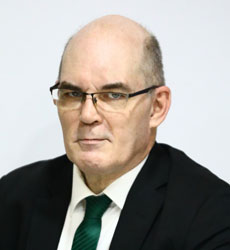FROM the mid-1990s, when countries began to take action on climate change to curtail it seriously, the move immediately was apparent to most that unless the countries that were most vulnerable to its effects — countries that, with only a few exceptions, were not significant sources of the problem — were not substantially assisted in carrying out climate adaptation and mitigation activities, the entire effort was going to be futile.
The notion that the bigger, wealthier countries that were the biggest sources of destructive climate impacts should compensate their lesser brethren by paying for climate adaptation and mitigation quickly gained traction, and soon started to take the form of specific funding commitments. Not surprisingly, most of these early commitments turned out to be largely political in nature — the amount of money actually spent was far less than advertised — and so an idea began to grow that there should be a centralized entity that could hold governments to their pledges and oversee the distribution of funds to relevant projects around the world.
Continue reading with one of these options:
Ad-free access
P 80 per month
(billed annually at P 960)
- Unlimited ad-free access to website articles
- Limited offer: Subscribe today and get digital edition access for free (accessible with up to 3 devices)



